Helft Empire
A defunct nation, the Helft Empire once was a sprawling country of Halflings that stretched over most of the western coast of Elone, though since its disillusion it has been remembered most for two things: constant war against the Goblins and the creation of the Stallbourne Court of Mercy which later became the World Court.
Government Structure
There were mostly two governing bodies in the Helft Empire, with the second being a creation in the latter half of the empire's existence to balance out power more as the Empire was beginning to fracture.Empress of Elone
The Helft Empire was led, for most of its existence, by the Empress of Elone. It was more of an aspirational title, as the Helft Empire hoped to one day rule over all of Elone, or at least half of it, but never managed to overtake the nations of Dwarves, Elves, Draconians, or Goblins to achieve this ambition. There was a strong culture in western Elone for most of history, among the Halflings and Goblins of Ancient Ishada (the region around where the Helft Empire would eventually grow from) of matriarchy. The Goblin Matriarchs, the title of Her Lowness in Alzirgos, and most relevant here, the Empress of Elone, were products of this matriarchal culture. The Empress was all powerful for most of the existence of the Helft Empire, but as the title got passed down to more and more descendants of the Fehm dynasty, they became less interested in ruling everything, and delegated more and more power until, eventually, the monarchy was overthrown by the court and dissolved. Aside from its influence in the other ruling titles held only by women in the region, there is no real remnant of the Empress of Elone in modern culture or society. Most notable among the Empresses was Palmira Fehm, the founder of the Fehm Dynasty that led the Helft Empire at its start.Court of Mercy
Towards the latter half of the Helft Empire's existence, a second governing body was introduced: the Stallbourne Court of Mercy. This court had, technically, existed for the entirety of the Empire's existence, but it only had mass power later on. Their original purpose was to follow the orders of the Empress, who appointed them, interpreting the laws she made to suit her interests. But over time, the Empress stopped appointing them, and so they began to appoint new members themselves. Due to this, the new judges would be less and less ideologically aligned with the Empress and less inclined to side with her interests. Initially twelve halfling judges, they changed their arrangement to be one of every species that agreed to join them as they began gaining more power, with Elves, Dwarves, Draconians, Gnomes, and others joining and distancing them further from the Helft Empire as it was under the Empress. The Court of Mercy grew to eventually overtake the Helft Empire, which had mostly fallen, and now rules Stallbourne as the World Court, deciding criminal cases around the world. Most notable among the judges of the Court of Mercy was Korras Commonbrush, a minor judge in the lower court who led the Commonbrush reforms that led to the court's increased power.Settlements
The Helft Empire at one point spanned a large portion of the western coast of Elone, and due to that had many settlements, some of which were torn down, others captured by other kingdoms or renamed. Below are the major settlements of the Helft Empire.Stallbourne
The capital of the Helft Empire, and its central city, Stallbourne was built to rival the floating city of Zephys as the largest and most prosperous metropolis in the world. Though it is known now as the Ringed City because of a large lake at its center, that did not exist during the time of the Helft Empire, and instead it was a large, circular city with water around it, but none within. A trading hub due to its location at the southwestern tip of Elone, no ship could sail Southern Elone without making a stop in Stallbourne, and it became rich thanks to its strategic location, while its intelligently designed layout made it incredibly difficult to invade.Ilejón
Later known as Roaroux when resettled by Humans, Ilejón was on the shores of the Strait of Ildial, the roughest seas in the world, and it always rained there. Structures were built to drain the water and keep it from flooding, but the architects responsible for Ilejón did not build it as best as they could, and most of the city as it was during the Helft Empire washed away. Roaroux exists over its ruins.Tanvila
Later known as Colvers when resettled by Humans, mist would always spill in over Tanvila from the Ethereal Bay, making it a difficult place to live. Still, this was a military center for the Helft Empire, as it was directly between Alzirgos and Retrypes, two Goblin settlements that the Helft Empire was constantly trying to defeat and overtake. It was home to the temple of Tohil, God of War, who was worshiped by the Goblins too. This made it a target that many Goblins wanted to take for themselves so they could pray directly to their God. Due to this, it is said the fields around Tanvila have been home to more battles than almost anywhere else in the world (except perhaps the border between the Dwarves and Elves, and the plains of Draconian territory.)Talaga
Initially built as a barrier against the Goblin warriors of Retrypes, Talaga is the only other large settlement of the Helft Empire aside from Stallbourne that remained standing in its entirety after the empire's fall. However, Talaga was never very large to begin with. It was only notable because of its location, with its size being moderate at best. A town that happened to be famous because it was founded as a bastion of peace, staring down the ancient Retrypian warriors. It was not of considerable note for much else, being only a town near enough to Stallbourne to receive constant aid from the prosperous capital.Navarín
The easternmost settlement built around Stallbourne, Navarín was near the Draconian settlement of Bortan, the warlike village. It was built atop a hill, where Draconians had some difficulty getting to it, making it easier to defend. Navarín was known to have strong walls, and while it was a fairly small town, it had farms run by a singular Druid named Pimkin Everlife that grew crops fast enough to always have a surplus that could be easily traded across the empire, making it the leading source of food in the Helft Empire. Still, Navarín was torn down, with its ruins now being all that remains. Legends say that one of the first battles of the greatest combatant in history, the 7th Grand Wizard Perzita Theldrar, was when she was part of the Bortanni army, invading and conquering Navarín.Albanca
Much of what is known as Dwarven Territory was undefended for a portion of the Helft Empire's infancy, as the Dwarves had unified after the Kwarvian War. Due to this, the region near the prosperous Dwarven city of Koningwald was conquered by the Halflings, and the city of Albanca was built nearby. Stealing many of the fields of Koningwald for itself, Albanca was nestled in the mountains and most outside of the empire couldn't even find it. Still, when the Helft Empire was weak, the Dwarves focused all of their forces on discovering Albanca's location and destroying it. Like most other Halfling settlements, Albanca fell, leaving only ruins.Bigoza
Part of the Helft Empire's plan for eastern expansion, where the Halflings settled on the east coast of Elone and hoped to expand westward alongside their eastward expansion from the west coast, Bigoza was settled south of Bang Kruthiwat, the Ophidian city of flames. What the Halflings were not aware of was that the Ophidian people are incredibly territorial, and have no desire to let anyone else live around them. Bigoza, though surviving longer than other settlements in the region, was set ablaze. Unlike the nearby Bang Kruthiwat, the flames did not burn atop the houses, but instead burned them down. Other colonies were built in the region, and the first one was always called Bigoza. But each and every Bigoza went the way of the first one: consumed by the fire of the Ophidian war machine.History
The Helft Empire, by all accounts, began in the year -197 of the Ancient Era. Below, the stories of its founding, greatest triumphs and defeats, and dissolution will be recounted.Fehm Dynasty
As it became clear that the city-states of Ancient Ishada were falling from grace, a certain aristocrat from Epetros decided to flee south. Her name was Palmira Fehm. With her, Palmira took an army and everyone she could convince from Epetros, and together they built a new city. A city that would eventually grow to be known as Stallbourne. Here, Palmira established the Fehm Dynasty that would go on to rule the Helft Empire for most of its existence. But she did not call it the Helft Empire at first. Her initial goal was never continental conquest, it was the return to glory of her once-great people in Ishada. Thus, the Helft Empire began not as just Stallbourne, but as Ishada reborn. No longer intended to be separate city-states with power to rule themselves, but instead one united nation.Expansion Across Elone
It was her daughter, Estela Fehm, who restructured Palmira's Ishada into something else. She disliked that her mother had only wanted to retake Ishada, and wanted more than to be only ruler of Ishada. Estela wanted all of Elone if she could. She wanted to be Empress of what was, to her, "the civilized world." Thus, she began to call herself the Empress of Elone, and restructured the empire to be one that laid claim over all of Elone, half of the world as it was known. The Half Empire... or the Helft Empire. Under Estela, a great deal of conquest began, as she wished to start with Ishada, as her mother had wanted, and go from there. The Goblins pushed back constantly, making Ishada the most difficult place for her to conquer, but she fought on even after all seemed hopeless. Seeking continental conquest, one peninsula would not stop her. But Estela died before they made it very far. Luckily for her, her daughter Adora Fehm continued her work, as did her daughter Elvira Fehm and so and and so forth. Expanding the Helft Empire and continuing the dream of Estela Fehm, to conquer Elone. Navarín and Albanca, founded around the Dwarven and Draconian lands, were the greatest achievements of Adora, while Elvira began attempts to settle the eastern coast of Elone alongide the western one. Conquest was the dream, no matter how they reached it. Of course, that dream never came to pass. Elone was far too large a dream for those small folk from Stallbourne, but it did not mean their empire was any less mighty than it is said to have been.Kreng
The true enemy to their might came later. A single Goblin soldier from Retrypes, the warrior-scholar whose name sends shivers down the spines of Stallbourne's residents even hundreds of years after his death. Kreng. A Goblin who was raised in the flames of war against the Helft Empire, he knew nothing but resistance against the Fehm Dynasty. It was a generation or so before him that the Stallbourne Court of Mercy had started gaining power as well, and so one of their prime directives was to aid in wiping out his people and their rebellion. But Kreng was not the type of person to let that happen. He knew that the Helft Empire could never conquer Retrypes as long as the warrior spirit of Retrypes still existed, and so his major goal was always the continued survival of the state of Retrypes and, mostly, its people. Something else he was interested in was what kind of waves he could make against the Helft Empire while stopping their conquest. Small things that reverberated across the massive empire, like attacking a supply chain, spreading a story, or even painting one bit of graffiti where they didn't think he could reach. Acts that showed he was always one step ahead of them. As mighty and intelligent as Kreng was, however, he was no match for the resources of the massive Helft Empire. Retrypes was starving, under siege by the Halflings, and Kreng decided he would seek out the Court of Mercy. He had no love for the Empress, but the Court would hear him out. He was certain of that. They would have no fear of a lone warrior, and they wouldn't dare attack him. Kreng walked into Stallbourne alone to discuss peace, but when he was before the Court of Mercy, they quickly tried him for his crimes and executed him on the spot. There was not a hint of mercy in their acts. But there was no need for them to worry, no one would ever need to know. The Court of Mercy tried wiping all records of Kreng, and while it is difficult to find people talking about him in lands that were once controlled by the Helft Empire, other places still have extensive accounts of the revolutionary Retrypian warrior-scholar. Places like Zephys, Ironforge, Ruzrugh, and Camor still have tales, both favorable and unfavorable, of the man who shook the Helft Empire, whether he be a hero or a villain in their eyes."Half the World, All the Heart"
-197 - 0
Alternative Names
Halfling Empire, Empire of Elone, Ishada, Nation of Stallbourne
Demonym
Helfard, Helfling
Ruling Organization
Leader Title
Founders


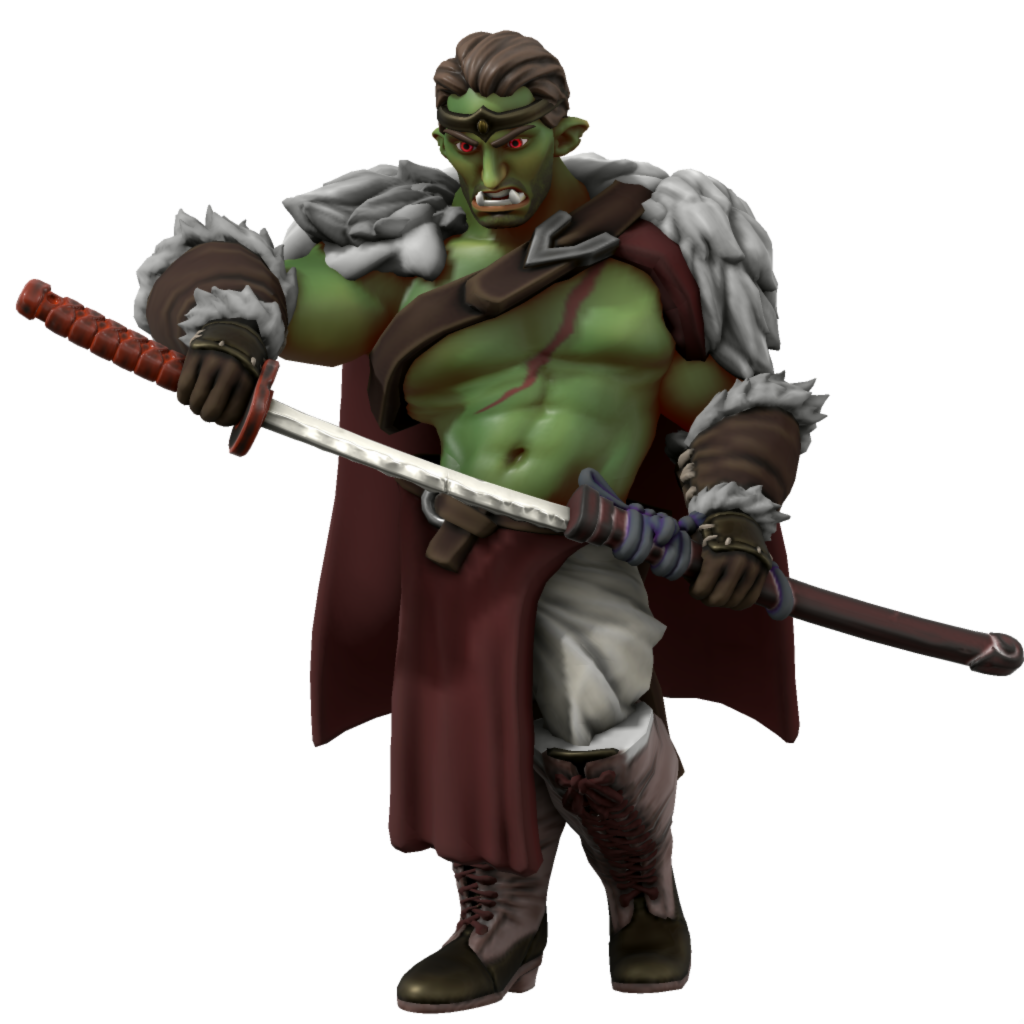
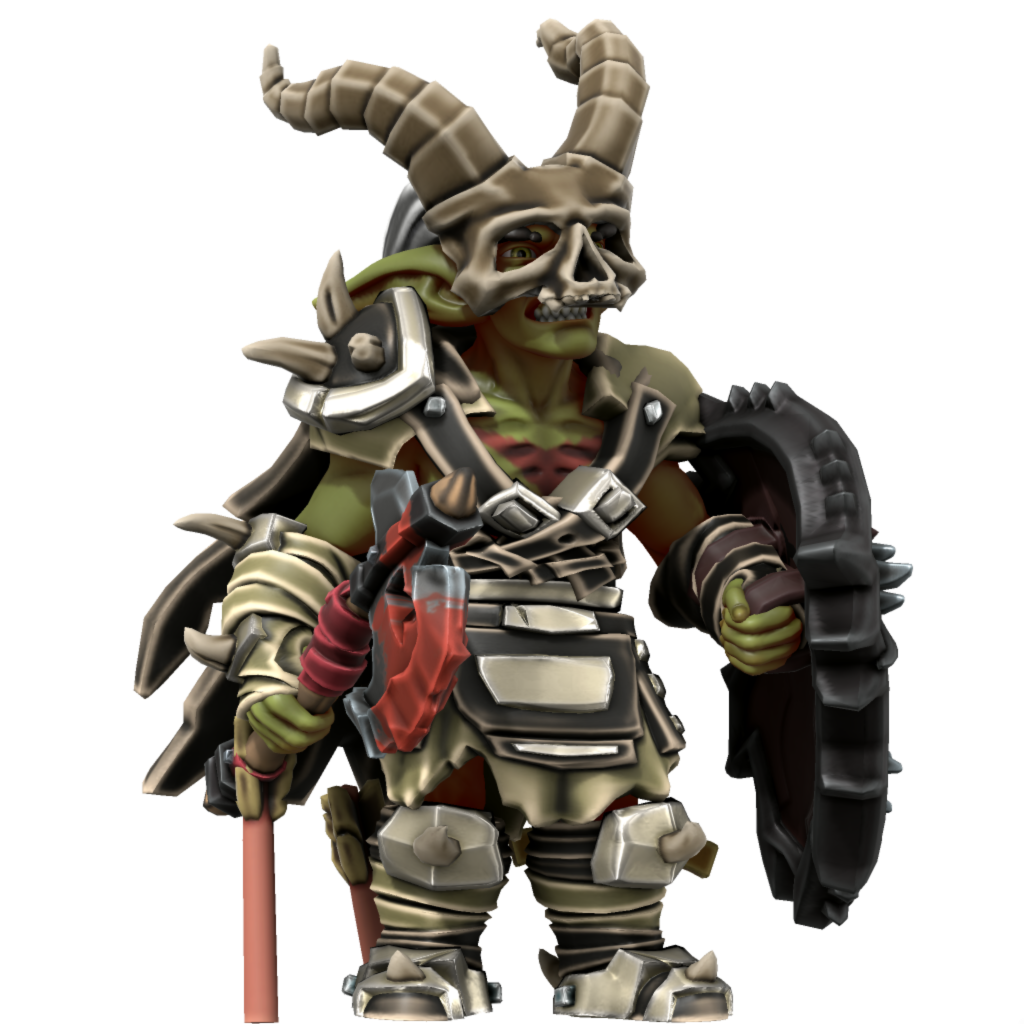





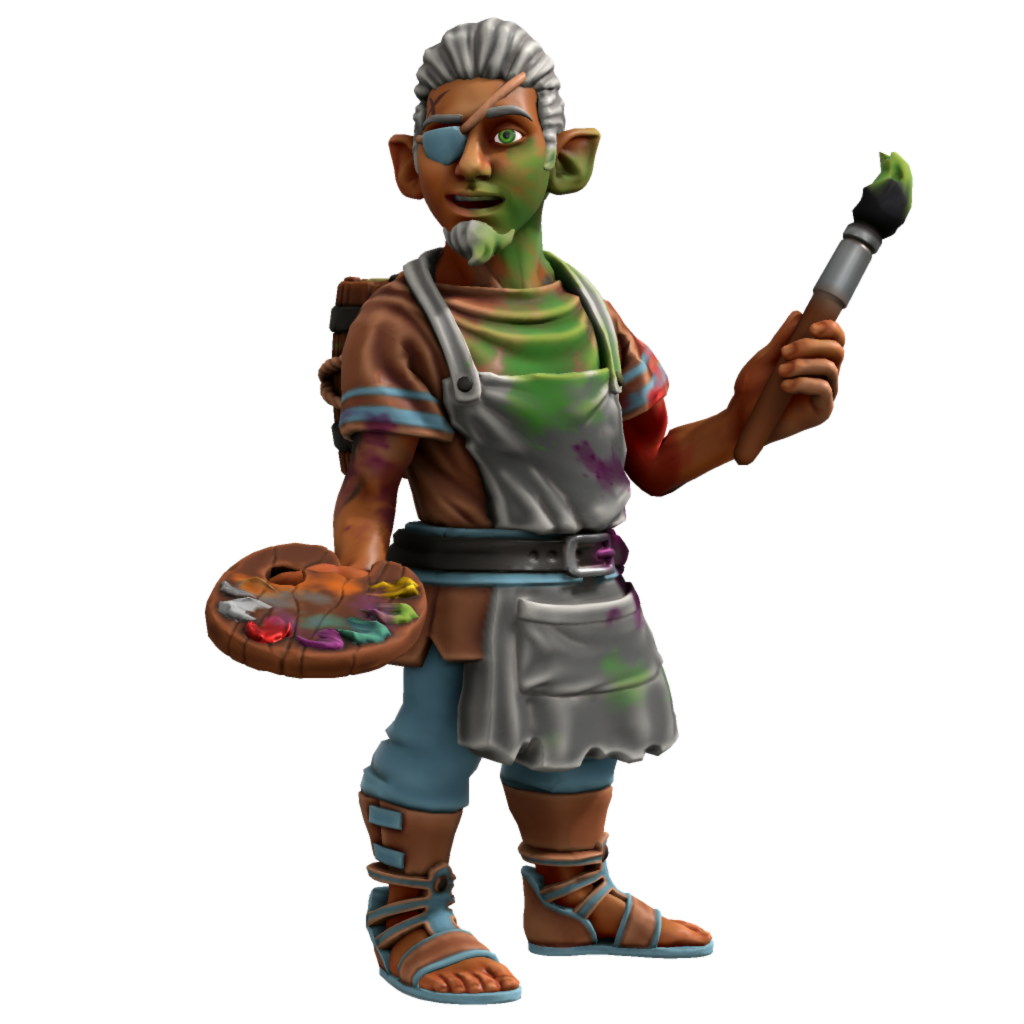
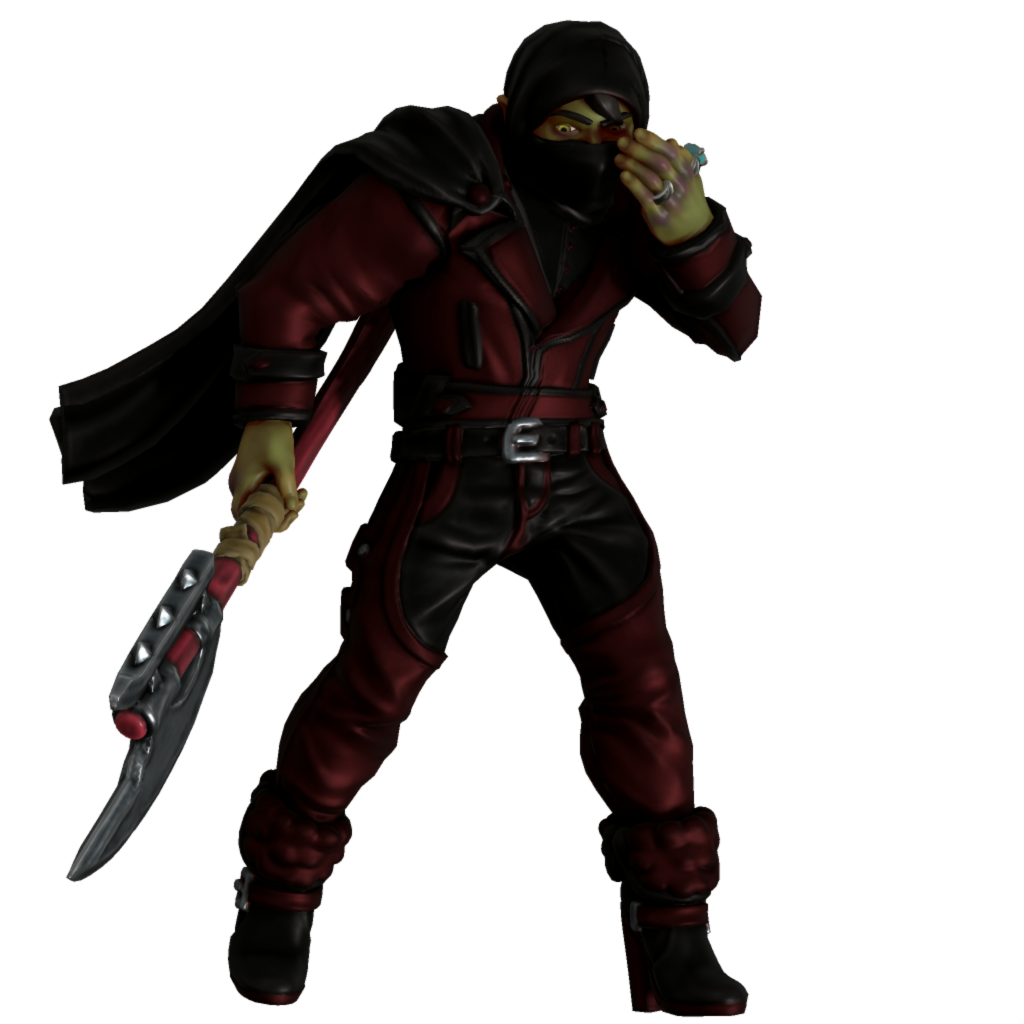

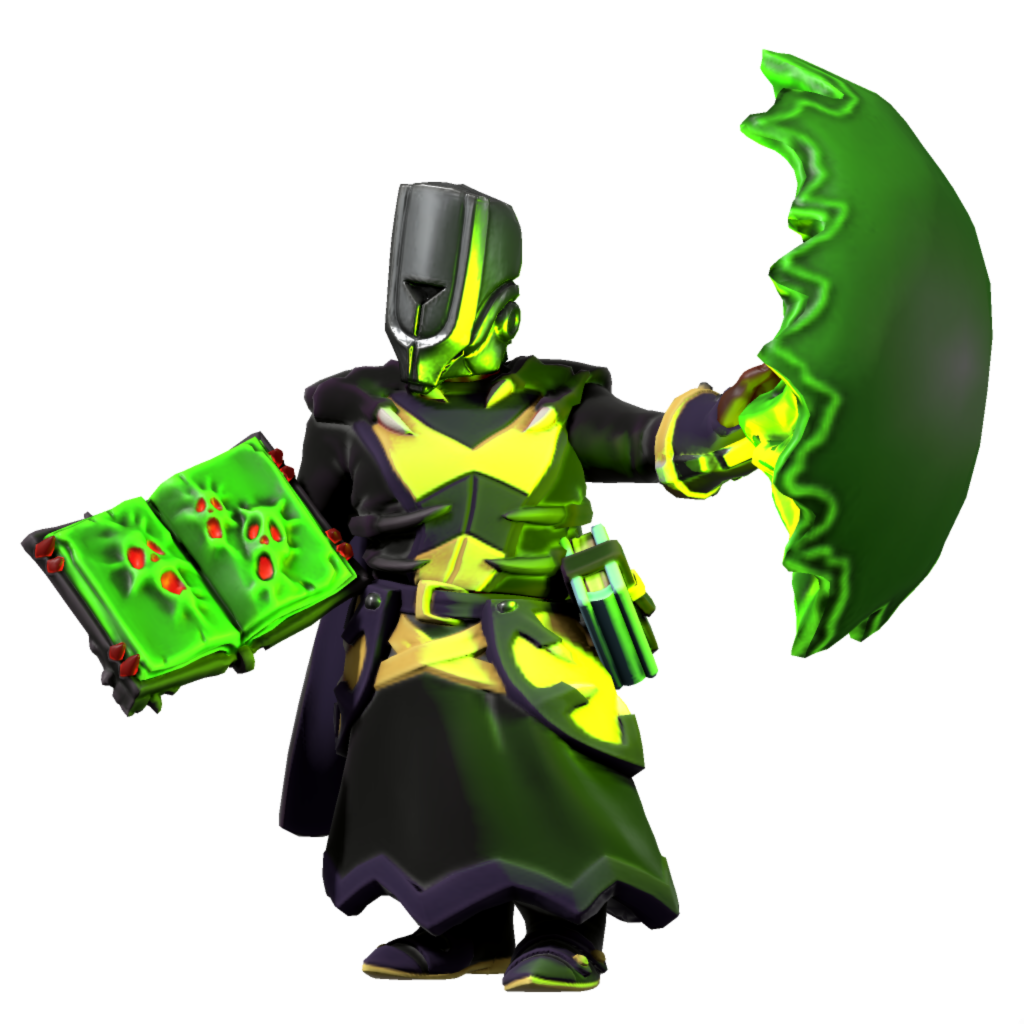

Comments